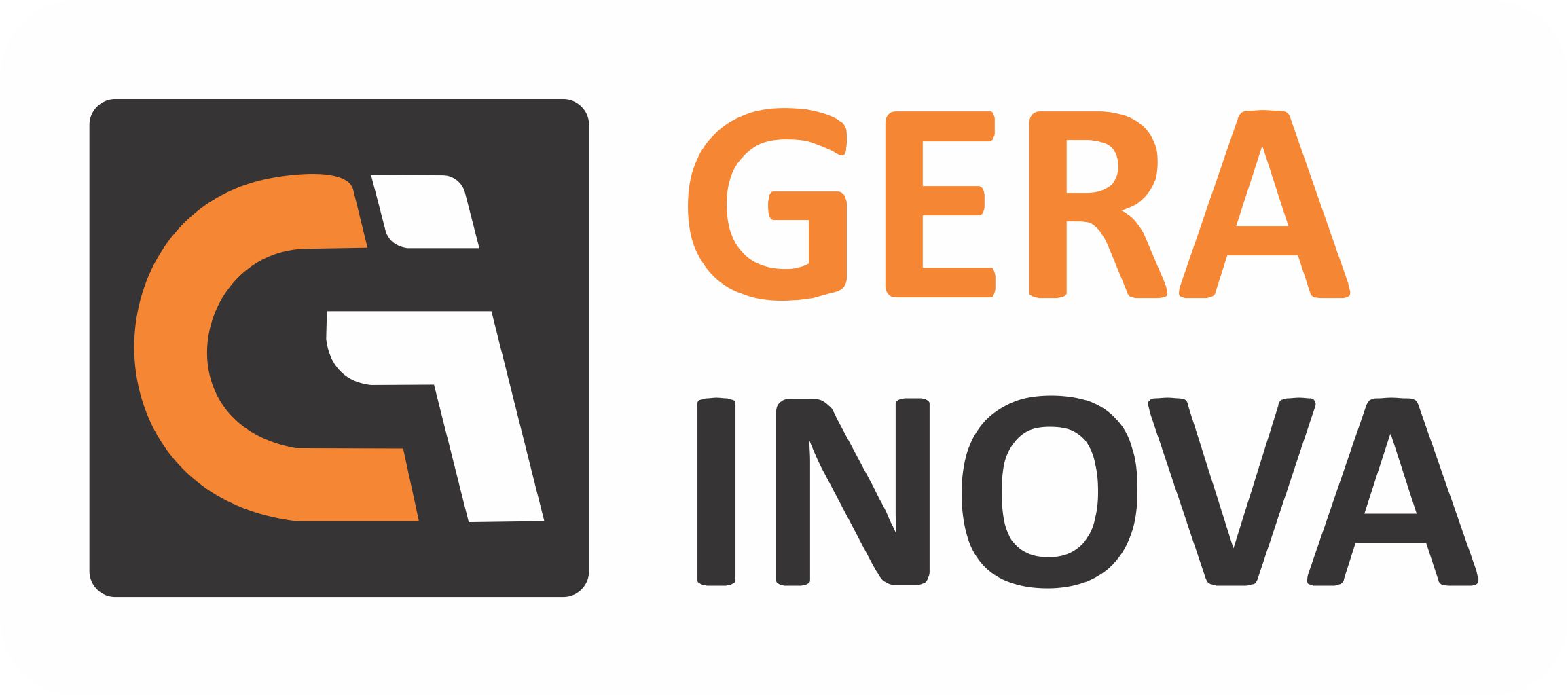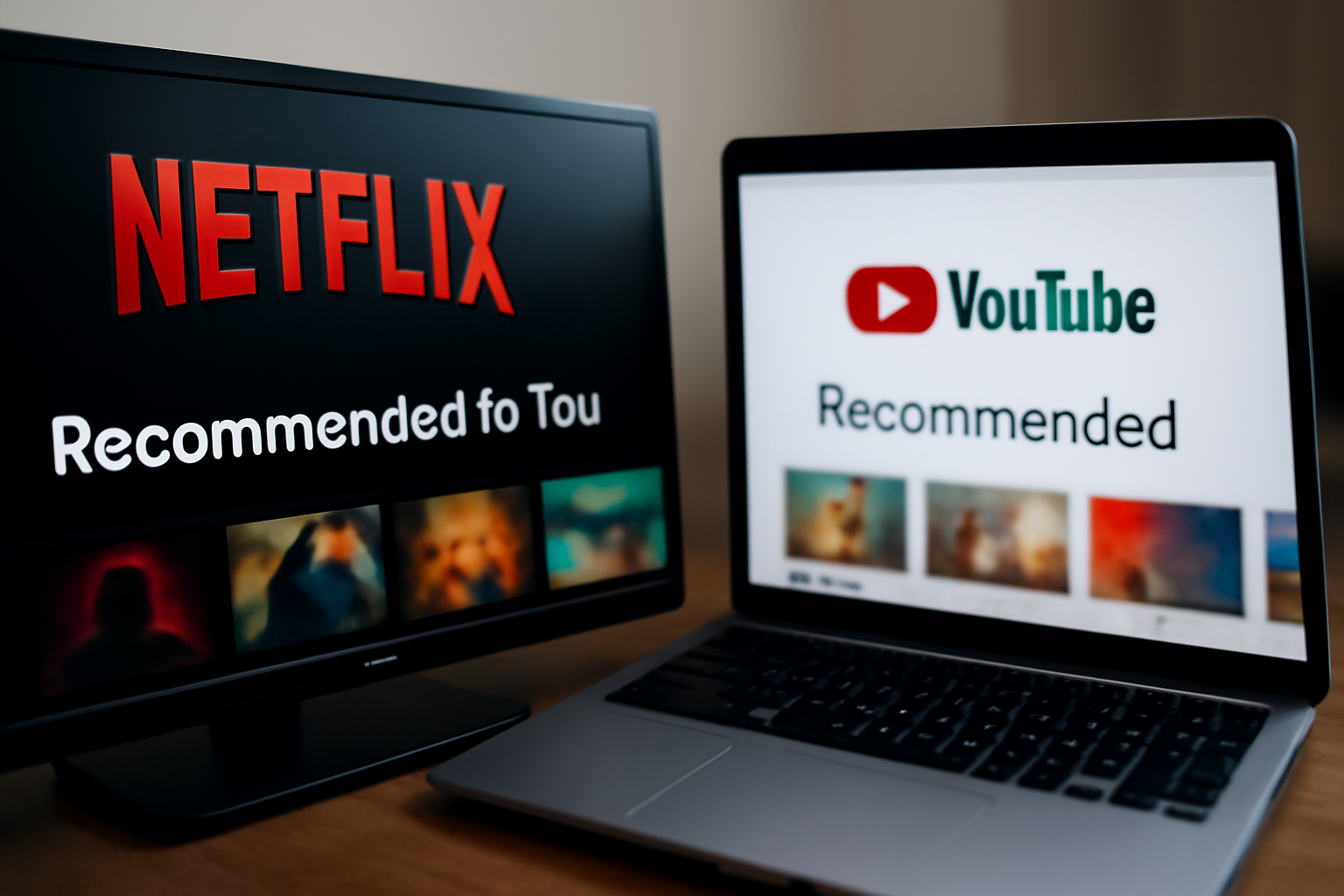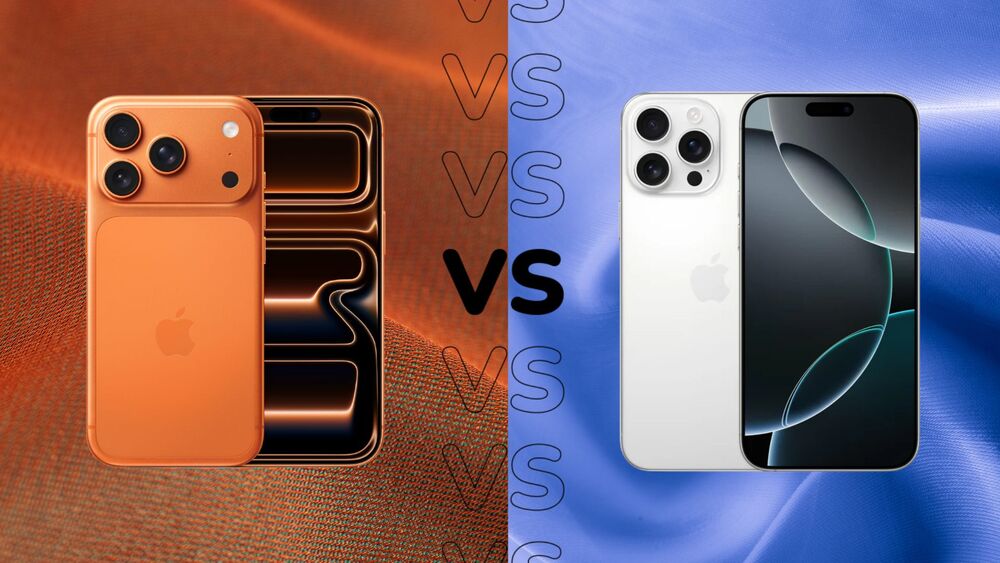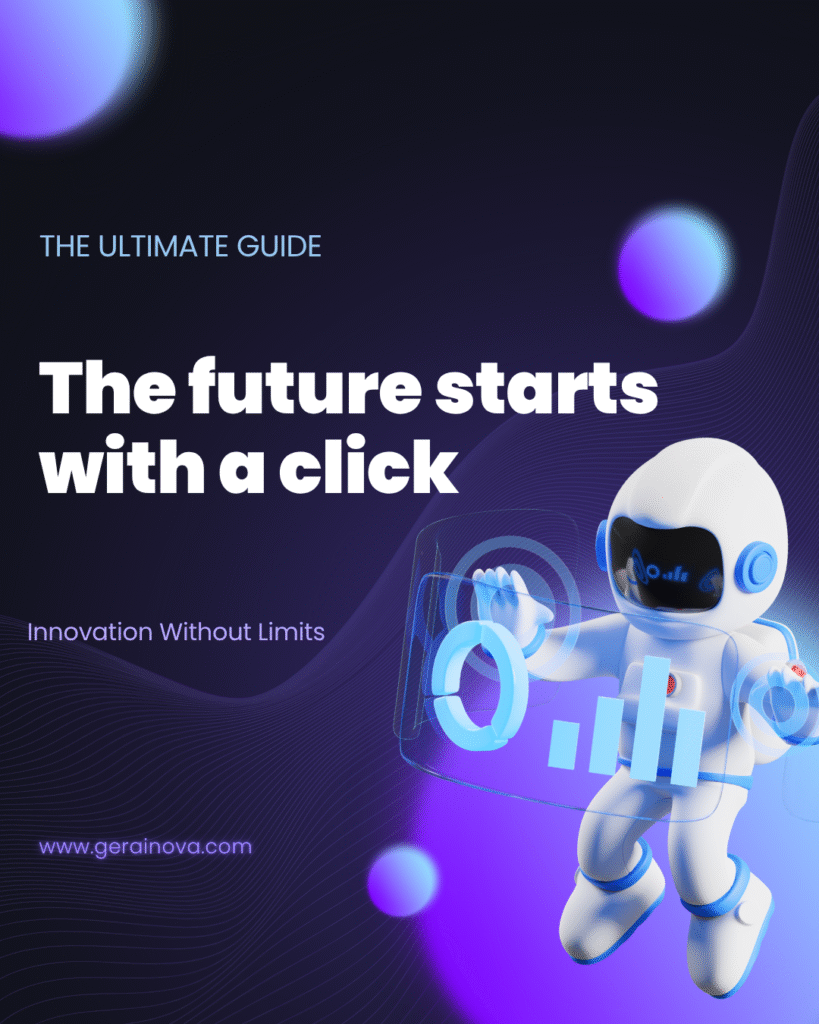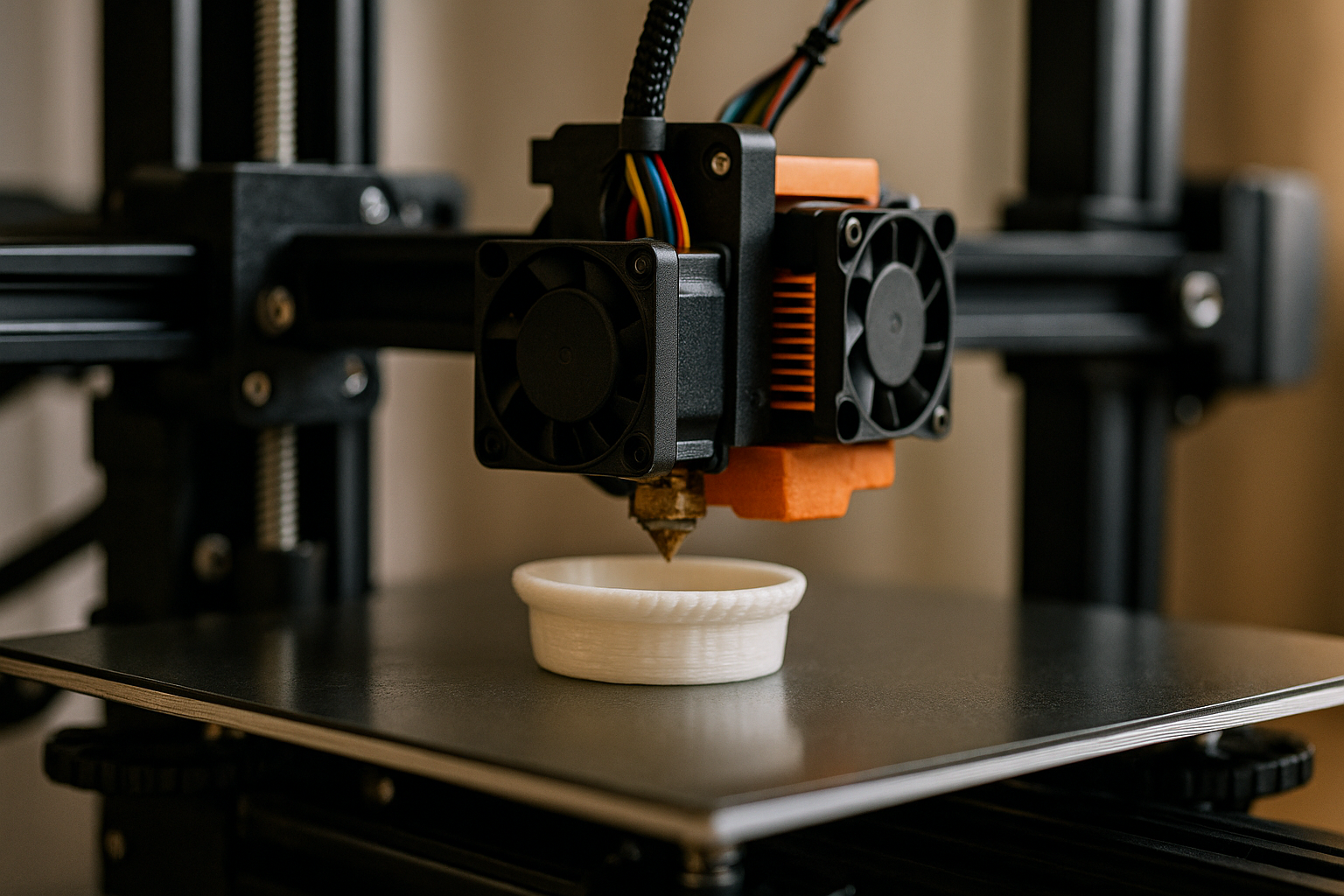In today’s digital age, personalized recommendations have become a central feature of online platforms like Netflix and YouTube. These systems, powered by sophisticated algorithms, shape what we watch and listen to, influencing our entertainment choices and, ultimately, our daily lives. But have you ever wondered how these recommendation systems work? How do Netflix and YouTube know exactly what you might like to watch next? This article will dive into the inner workings of recommendation algorithms, their evolution, and the impact they have on our viewing habits.
What Are Recommendation Systems?
At their core, recommendation systems are algorithms designed to predict and suggest items (movies, videos, products, etc.) that users might like based on various factors, including their past behaviors, preferences, and interactions with the platform. These systems use large sets of data to analyze patterns and generate personalized suggestions, aiming to increase user engagement and satisfaction.
For platforms like Netflix and YouTube, recommendation engines play a crucial role in content discovery. With millions of titles and videos available, these platforms need an efficient way to help users navigate the vast amount of content. By predicting what viewers might enjoy, recommendation systems enhance the user experience and keep users coming back for more.
Types of Recommendation Algorithms
Before we get into the specifics of how Netflix and YouTube work, it’s important to understand the different types of recommendation algorithms used by these platforms. There are several approaches, and each one has its strengths and weaknesses.
1. Collaborative Filtering
Collaborative filtering is one of the most common and widely used techniques for recommendation systems. This method relies on user behavior—specifically, it predicts what a user might like based on the preferences of other users who have similar tastes.
User-based Collaborative Filtering
In user-based collaborative filtering, the system identifies users who have a similar watching or browsing history. For example, if User A and User B have watched similar shows in the past, the algorithm will recommend content that User B has enjoyed but User A has not yet watched.
Item-based Collaborative Filtering
Item-based collaborative filtering works similarly, but instead of looking at users, it looks at the content itself. For instance, if a user has watched and liked a specific movie, the system will recommend other movies that are similar to that one. Netflix often uses this approach to suggest movies or TV shows based on what you’ve already watched.
2. Content-Based Filtering
Content-based filtering uses the attributes of the content itself to make recommendations. For example, if you watched a lot of action movies on Netflix, the system might suggest other action films, analyzing features like genre, director, or actors.
This type of filtering doesn’t rely on the preferences of other users but instead focuses on the content you’ve shown interest in. It’s especially useful when recommending content that aligns with your specific interests and tastes.
3. Hybrid Systems
Both Netflix and YouTube use hybrid recommendation systems, which combine collaborative filtering, content-based filtering, and other techniques to provide more accurate and personalized suggestions. Hybrid systems offer the best of both worlds by considering both the preferences of other users and the content’s intrinsic characteristics.
For example, Netflix combines collaborative filtering with content-based techniques to suggest movies based on both the genres you watch and the ratings from similar users. This hybrid approach helps Netflix create more nuanced and accurate recommendations, ensuring a higher level of user satisfaction.
How Netflix’s Recommendation System Works
Netflix’s recommendation algorithm is one of the most sophisticated and well-known in the world. It’s responsible for keeping subscribers engaged, and it does so with an intricate system that combines several different methods. Here’s how Netflix uses machine learning and data to recommend shows and movies to its users.
1. Personalization Based on Viewing History
One of the key features of Netflix’s recommendation system is its ability to personalize content based on individual user behavior. The more you watch on Netflix, the better the platform gets at recommending content tailored to your tastes. This personalization is achieved through collaborative filtering.
For example, if you’ve watched multiple romantic comedies, Netflix will suggest more romantic comedies to you. The platform collects data about what you’ve watched, how long you watched it, whether you finished it, and what you rated it, and uses this data to refine its future recommendations.
2. The “Top 10” Lists
Another aspect of Netflix’s recommendations is its use of lists, such as the “Top 10” or “Trending Now” lists, which are updated regularly. These lists are based on real-time data about what’s popular in your region and serve as a form of social proof. The algorithm takes into account which shows are being watched by users in similar demographics and can recommend these shows to you based on your preferences.
This feature also plays into the concept of social influence, where seeing something popular might encourage a user to check it out, especially if it’s a trending series.
3. The “Netflix Originals” Effect
Netflix also promotes its own content by pushing “Netflix Originals.” These recommendations are based on the fact that Netflix knows what types of shows you typically enjoy and suggests its original content, which aligns with those tastes. For example, if you enjoy mystery dramas, Netflix might recommend one of its own mystery shows like “The Sinner” or “Mindhunter.”
The algorithm relies on previous viewing habits to highlight Netflix Originals, ensuring they fit within the user’s interest spectrum.
4. A/B Testing
Netflix is known for its rigorous A/B testing. It constantly experiments with how different content is displayed to users, including the images, titles, and descriptions used to promote shows and movies. These experiments are crucial to fine-tuning the recommendation system, ensuring that users are more likely to click on recommended content.
This data-driven approach is why Netflix’s recommendations feel so accurate and personalized. By testing various layouts and recommendations with different groups of users, Netflix can optimize its algorithms for better engagement.
How YouTube’s Recommendation System Works
YouTube, much like Netflix, uses an intricate algorithm to suggest videos based on user behavior. While the platform offers a massive variety of content, YouTube has mastered the art of keeping users engaged through personalized recommendations.
1. Personalized Recommendations on the Homepage
When you log into YouTube, the first thing you see is a personalized homepage full of recommended videos. These suggestions are based on a combination of factors, including:
- Your Viewing History: Similar to Netflix, YouTube tracks the videos you’ve watched and uses this data to suggest related content. If you regularly watch gaming videos, for instance, YouTube will recommend more gaming-related content.
- What You Like: YouTube also takes into account the videos you’ve liked, commented on, or shared. If you’ve interacted with certain content in the past, the algorithm will continue to suggest similar videos.
- Trending Topics: If a video is gaining traction and is likely to be of interest to you, YouTube’s algorithm may recommend it to you. This is particularly common for viral content or breaking news videos.
2. The “Watch Next” Feature
The “Watch Next” feature, which appears on the right side of the video player, is another powerful recommendation tool on YouTube. As you watch a video, the platform suggests similar videos that you might enjoy. These suggestions are based on the content of the video you’re watching, your watch history, and the popularity of the videos in your network.
For example, if you’re watching a cooking tutorial, YouTube may suggest other cooking videos or recipes from similar creators.
3. Engagement Metrics
One of the major factors influencing YouTube’s recommendation algorithm is engagement. The platform tracks how many views, likes, shares, comments, and time spent watching a video. If a video receives high engagement, the algorithm is more likely to recommend it to others. This creates a feedback loop, where videos that are engaging tend to be seen by more people, and thus, recommended more often.
4. Collaborative Filtering and Deep Learning
Just like Netflix, YouTube utilizes collaborative filtering, where it looks at what other users with similar viewing histories have watched. This is done using deep learning techniques, which allow YouTube to analyze vast amounts of data and predict what content will likely appeal to users.
In addition to this, YouTube also uses deep learning algorithms to analyze the content of videos themselves. This allows the platform to categorize videos and recommend them to users based on content features, such as keywords, descriptions, and even the language used in the video.
How to Maximize the Recommendation Systems
For users who want to get the best out of Netflix and YouTube’s recommendation systems, there are several strategies:
- Engage with Content: Like, comment, and share videos and shows that you genuinely enjoy. This helps the algorithms better understand your preferences and provide more accurate suggestions.
- Use the “Watch Later” Feature: Both platforms offer a “Watch Later” feature. This allows you to save videos or shows for later, signaling to the system that you’re interested in certain content even if you don’t watch it immediately.
- Give Feedback: On YouTube, you can click “Not Interested” on videos that you don’t want to see again, refining the system’s understanding of your preferences.
Conclusion
Netflix and YouTube’s recommendation systems have revolutionized how we discover content online. By combining machine learning, collaborative filtering, and deep learning techniques, these platforms provide personalized suggestions that enhance the user experience and keep audiences engaged. Whether you’re streaming the latest series on Netflix or browsing YouTube for your next video, you can be sure that a sophisticated recommendation algorithm is at work, tailoring content to fit your tastes. As these platforms continue to evolve, we can expect even more accurate and personalized recommendations, making our digital entertainment experiences smarter and more enjoyable than ever before.
